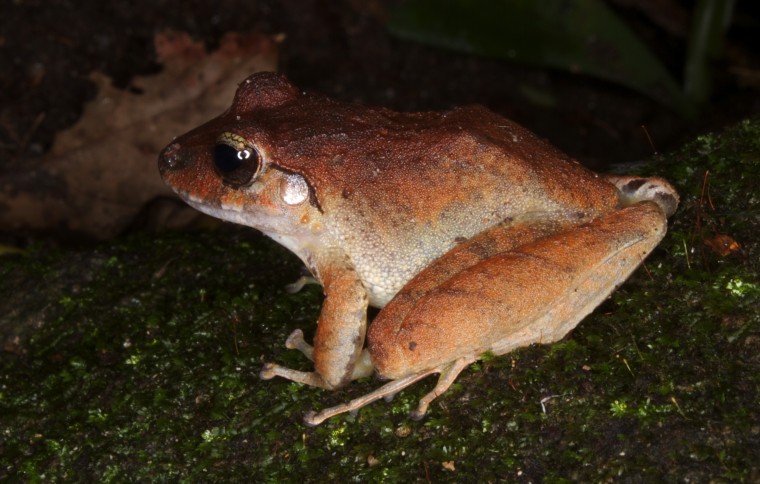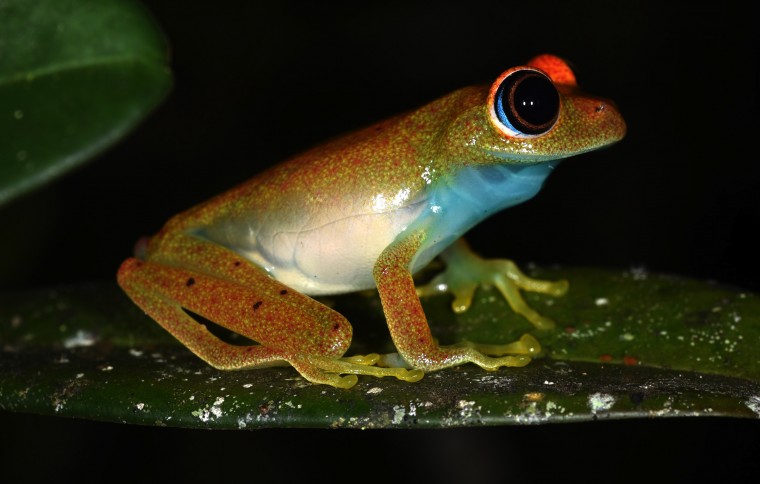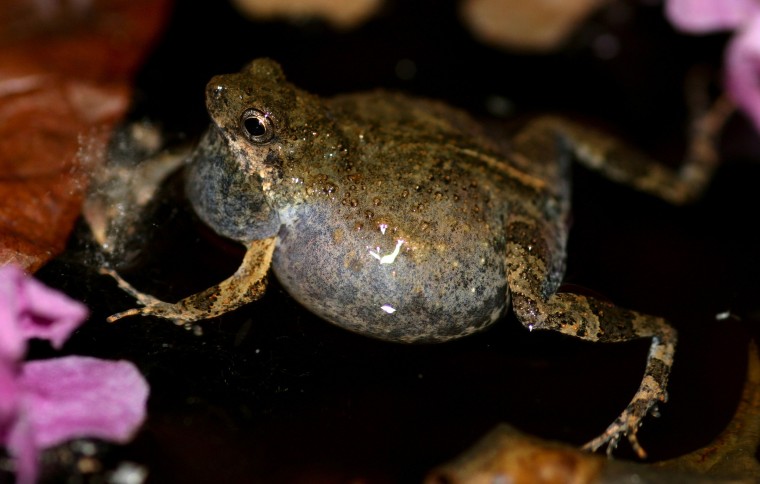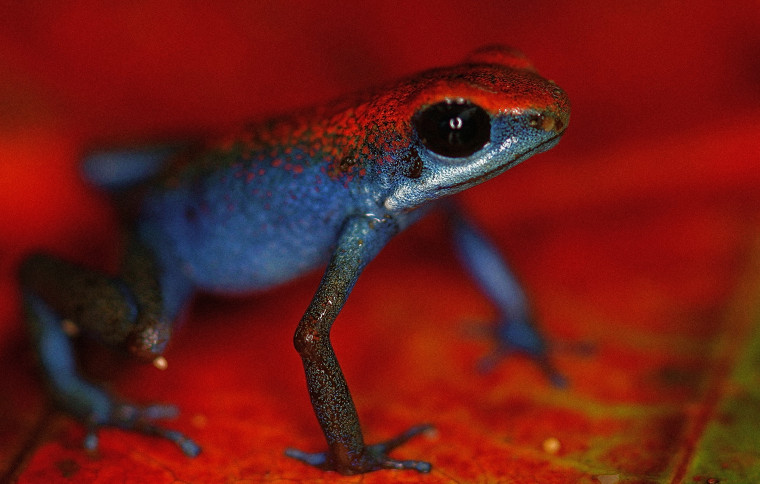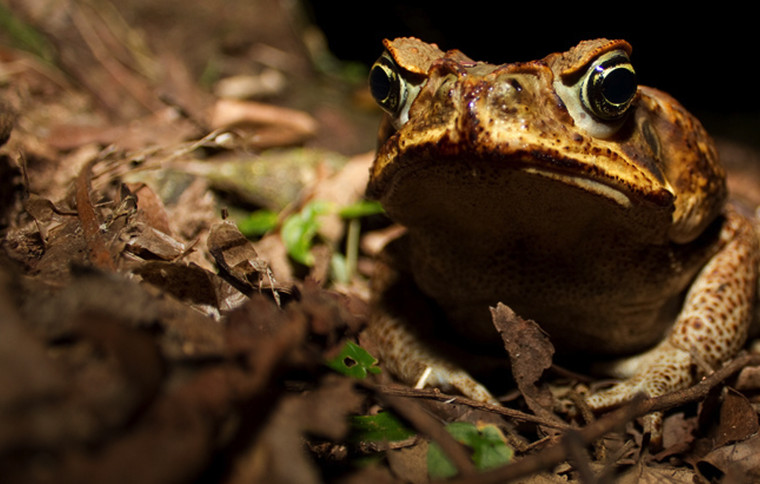Microbes may fight the epidemic driving some frog species to extinction
Herpetology
The call of Panama’s iconic túngara frog, subject of study for several generations of tropical biologists at STRI, has been likened to the peacock’s tail as a model for studies of sexual selection, the life-or-death behavioral risks involved in reproduction, and the neurobiology of mate choice. Long-term studies of the red-eyed tree frog examine the developmental trade-offs of embryos that hatch early to avoid depredation. STRI is also the headquarters for an international captive breeding program to save threatened frog species from extinction due to a lethal fungal disease that has wiped out amphibians around the globe.
